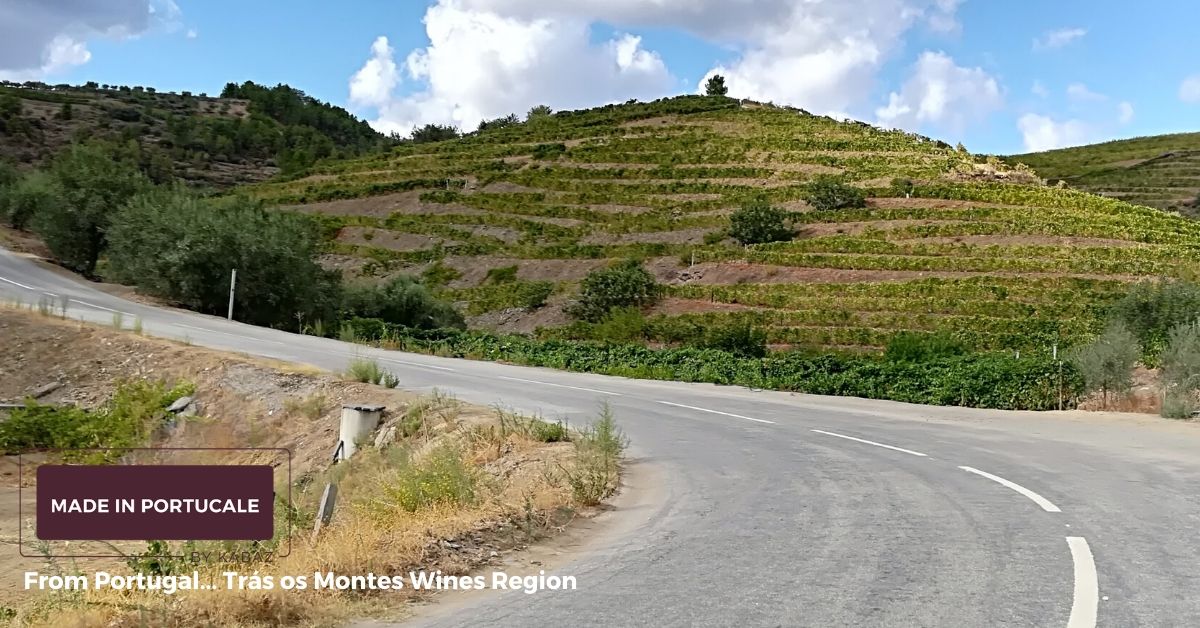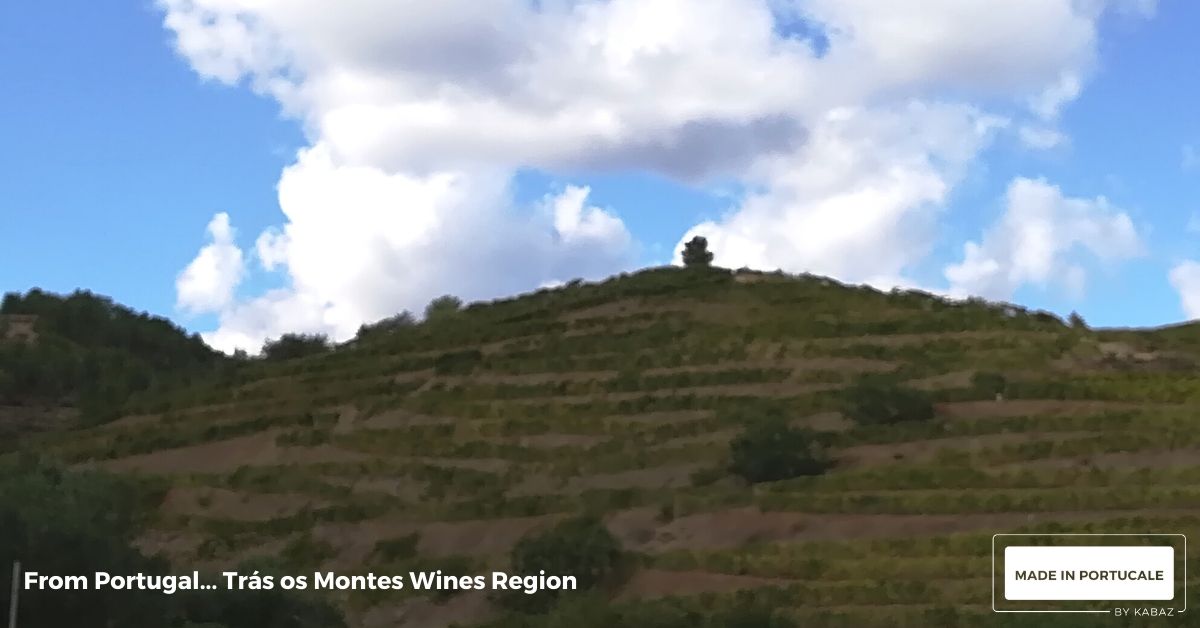
Region of Wines Trás os Montes
Region of Wines de Trás os Montes, located in the north of Portugal, in the extreme northeast of Portugal, you will find a huge variety of landscapes.
The Region of Trás-os-Montes reveals itself between hills and pronounced valleys over a large area.
History
This is a unique Region with special characteristics, throughout the region the scenery changes rapidly, between lush green valleys, or ancient hills covered with a patchwork of woods, or green-gray olive groves, extensive bright green vineyards, or flowering almond trees and other fruit trees.
The cultivation of vineyards and wine production in the Region of Trás-os-Montes has a secular origin, which is intrinsically marked in its rocks, since throughout the region there are several mills dug in the rock of Roman and Pre-Roman origin.
The existence of old vines with centuries-old grape varieties also marks in a very peculiar way the recognized quality of the wines of this region.
Despite its very own characteristics, in the region of Trás-os-Montes the existence of several microclimates is verified, which allied to the existing differences in the constitution of the soils, normally granitic with shale stains, as well as the greater adaptability of certain grape varieties, allow to obtain very different wines. Such differences allowed to define three sub-regions for the production of quality wines entitled to the Trás-os-Montes Designation of Origin.
The criteria taken into account were essentially the altitudes, sun exposure, climate and the constitution of the soils, and the Denomination of Origin (DO Trás-os-Montes) was recognized as from 9 November 2006 and already with regard to wines with Transmontano Geographic Identification, these can be produced throughout the Region, and the Transmontano Geographical Indication (IG Transmontano).
The control and defense of the Denomination of Origin and Geographical Indication are the responsibility of the certifying entity "Regional Viticultural Commission of Trás-os-Montes", which aims to protect and guarantee the quality and genuineness of quality wines produced in the region of Behind-the-hills.

3 Sub-regions
Despite its own characteristics, in the region of Trás-os-Montes there are several microclimates, which, together with the existing differences in the constitution of soils, as well as the greater adaptability of certain grape varieties, make it possible to obtain very different wines.
Such differences allowed to define three sub-regions for the production of quality wines entitled to DO Trás-os-Montes, the criteria taken into account were essentially the altitudes, sun exposure, climate and the constitution of the soils.
The Chaves Sub-Region
Located on the border with Spain to the north, and famous for its thermal waters, the vineyards are located on the slopes of small valleys, running towards the valley of the River Tâmega. In this sub-region, the soils are essentially granitic with several shale patches, the altitude is around 350 to 400m and there is a high incidence of rainfall and high relative humidity.
The Valpaços sub-region is located in the center of the heart of Terra Quente Transmontana. Widely recognized for the production of wines that date back to Roman times, such presence is intrinsically marked in the rocks the largest number of mills dug in the rock to date identified. In this Sub-Region, the soils present significant differences, with a higher incidence of shale patches, with many transition zones with granitic soils, the altitude ranges from 450 to 650 m. With regard to the climate, higher temperatures occur during the summer and lower values of relative humidity, as well as lower values of rainfall.
Mirandese Plateau Sub-Region
Located in the southeast of the Region of Trás-os-Montes, in the sub-region of the Planalto Mirandês, it is the Douro River that influences the cultivation of the vineyard, land of the Mirandese, (a typical typical language with tradition in this region). In this, the soils are essentially schist, the altitude is around 350 to 600 m, with the occurrence of great thermal amplitudes and very low levels of relative humidity, as well as the incidence of winds, such characteristics, associated with the traditional driving mode of vines in bowls, or willow heads, allow greater control of the vines, inhibiting the development of certain diseases and thus allowing practically biological viticulture.
Valpaços Sub-Region
The Valpaços sub-region is located in the center of the heart of Terra Quente Transmontana. Widely recognized for the production of wines that date back to Roman times, such presence is intrinsically marked in the rocks the largest number of mills dug in the rock to date identified. In this Sub-Region, the soils present significant differences, with a higher incidence of shale patches, with many transition zones with granitic soils, the altitude ranges from 450 to 650 m. With regard to the climate, higher temperatures occur during the summer and lower values of relative humidity, as well as lower values of rainfall.
Características dos Vinhos
No que se refere à tipicidade dos vinhos da região de Trás-os-Montes, para além da diversidade existente podem ser referidos alguns traços comuns a todos os vinhos, os vinhos brancos apresentam equilíbrio aromático com grande intensidade de aromas frutados e leves florais, na boca revelam uma acidez correta não sendo excessivamente pronunciada. No caso dos vinhos tintos, são vinhos com uma intensidade corante muito consistente e elevada, aromaticamente muito frutados, na boca relevam-se estruturados, e apesar dos teores alcoólicos normalmente elevados verifica-se uma acidez fixa correta, tornando-se vinhos robustos mas agradáveis e muito equilibrados.

SOURCE (c) CVRTM by www.clubevinhosportugueses.pt The best Portuguese Wine Portal









